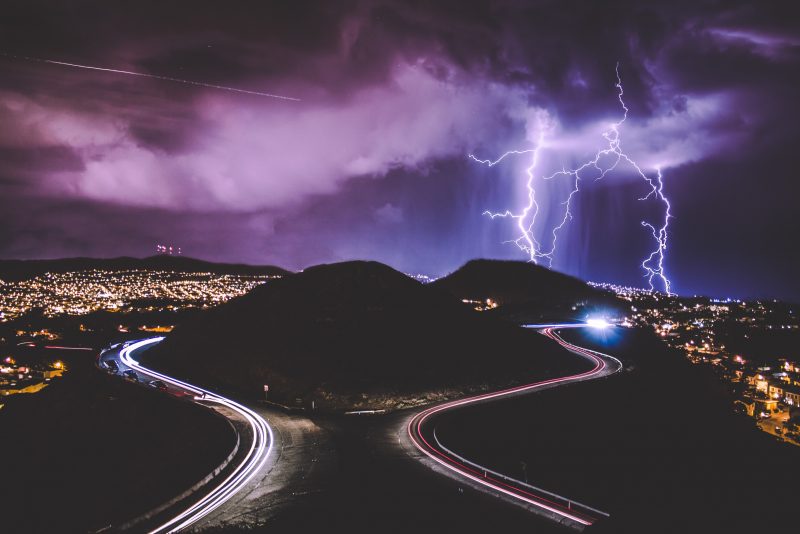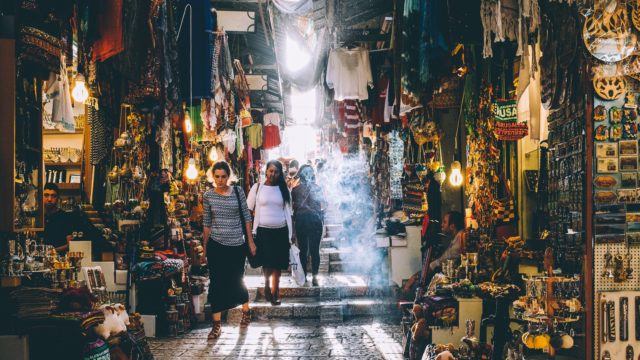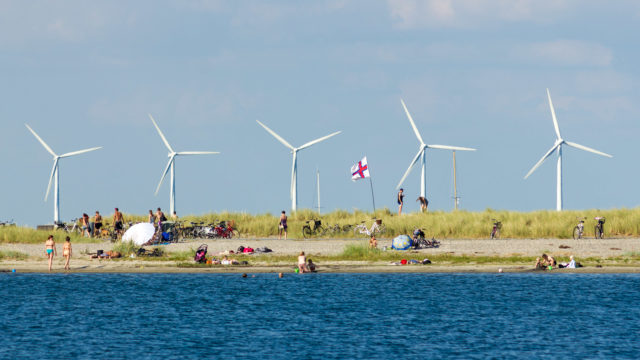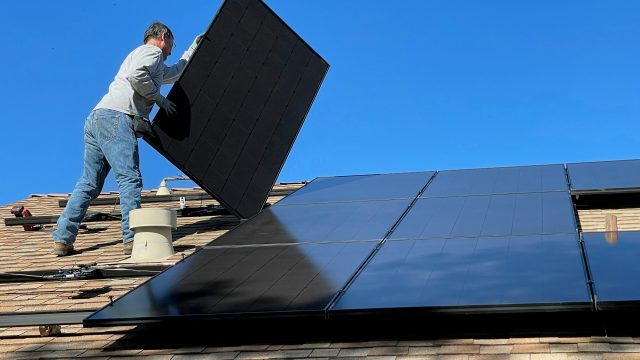
As you may be aware, over the last few years the term ‘green economy’ has crept from the fringes of global conversations into mainstream political discourse. It has been the source of extensive and energetic discussions across inter-governmental, business and civil society arenas. Until now however it has been difficult to assess the extent to which ‘green economy’ is gaining political traction at the global and national level.
The UNCSD submissions to the zero draft text have now changed the landscape. They provide a vivid picture of how governments and stakeholders are responding, interpreting and re-defining the concept of a green economy. They reveal the opportunities, the obstacles and the concerns around the transition to a greener economic pathway in a range of different contexts. They show us what governments are expecting and hoping from Rio 2012 in respect to a green economy. At a macro-level, they also provide a fascinating insight into the current state and mood of governments around the world.
Here at the Coalition we were anxious to find out more about how green economy is being understood by different audiences. So, in our first stage analysis we sought to answer the following questions:
I. How are governments positioning themselves on green economy?
II. How is green economy being framed and understood?
III. What are the key priorities and practical proposals for Rio 2012 on green economy?
IV. What are the additional highlights of the UNCSD submissions?
V. What are the emerging concerns and opportunities associated with a green economy for developing countries?
What did the analysis indicate? Here's just a snapshot:
-
All governments, north and south, are actively engaging with the concept of a ‘green economy’. Many are beginning to identify areas of opportunity at a national level. There is also evidence of a wide range of policies already in place or in development – both in developing and developed countries – that would be deemed ‘green economy’.
-
But, developing countries – particularly the Least Developed Countries (LDCs) – still remain fearful of the full implications of a transition to a green economy and the potential impact that green economy strategies in industrialised countries will have on their own economic prospects.
-
Nearly all governments stress that green economy is a means for achieving sustainable development and must tackle poverty. For developed countries there was a strong focus on resource efficiency, job creation and competitiveness. For developing countries, poverty eradication and equity must be the result of a green economy. For the BRICS, as well as tackling poverty, a green economy must shift the consumption and production patterns of the industrialised countries.
-
Some of the most popular practical global asks include
- Sustainable Development Goals;
- Alternative metrics to GDP;
- Explicit focus on job creation mechanisms;
- Focus on technology transfer and Intellectual Property rights;
- Need for natural capital to be valued in economic decision-making;
- Renewed framework for sustainable consumption and production.
-
Notable in their absence, the following themes did not feature as much as had been anticipated;
- Natural capital management schemes;
- Global financial market reform;
- Explicit proposals for how to finance the transition at both the national and international level.


